A common mistake SEOs make when they do keyword research is assume that as long as their content matches the search query, it will satisfy their audience's needs and rank on the search engine results pages (SERPs).
As a result, they only align content with the topic of the search term, ignoring its most important element — the actual intent of the search.
Every query not only tells what information the user is looking for (e.g. a hotel or a gift for someone) but also reveals their intent (or reason) behind doing the search in the first place.
The intent almost always relates to a specific stage of the buying cycle the person is going through.
By identifying a user's search intent, you can present them with the exact information they’re looking for at the precise moment they need it, increasing your chance of winning at conversion.
In this post, I’ll walk you through a process of identifying what keywords and topics correspond with your target audience’s buying cycle so you can further strengthen your content strategy.
But first, let's establish the basics.
What is Keyword Mapping?
Keyword mapping is the process of applying your brand's target keywords to specific pages on your website, based on both user intent and the topic of the page.
By mapping out your keywords for your site, you are effectively telling both users and search engines what your site is about.
Keyword mapping doesn't have to take place when you're building your site. Rather, this should be an ongoing process in creating new content and evaluating old content.
Most importantly, keyword mapping helps prevent keyword cannibalization, and ensures that you provide your users with information that satisfies a need on your site (as opposed to your competition's).
Recommended Reading: The Complete Guide to Creating a Content Marketing Strategy
Keyword Mapping vs. Content Mapping
While there are a lot of similarities between content mapping and keyword mapping, the two concepts have slightly different meanings and workflows.
To start the keyword mapping process, you need to conduct keyword research. This fundamental stage of creating content on your site allows you to identify topics and target keywords customers use to find relevant information.
Once keyword research is complete (though, you should always be researching new keywords to target!), you can then determine what content to create to position your brand in front of your target audience.
Content mapping, on the other hand, combines both keyword mapping and SEO forecasting to ensure you have all of your bases covered in regards to what your audience wants to know from you.
Where keyword mapping identifies keywords you could approach, content mapping identifies keywords, gaps in existing content, and where your competition is ranking and you are not for certain target terms.
To learn more about content mapping, read our post Finally Reach Your Target Customers With Content Mapping, which comes with access to a free template so you can follow along.
What Resources Do I Need for Keyword Mapping?
Anyone of any level of content creation or SEO can create a keyword map.
Simply open an Excel spreadsheet and begin to track target terms, search volume, and content you'd like to create (if you haven't already created it already) in an adjacent column. You can even get granular about details separating out your related keywords by topic.

(Gather information like keywords, search volume, and URLs in a spreadsheet.)
Recommended Reading: Why Topic Strategy Matters Most in Keyword Research
Alternatively, you can integrate your Google Search Console data into an SEO platform. At seoClarity, this is Search Analytics, which provides visibility to all keywords + URL data, making it easier if you haven't executed the keyword research for each landing page on your site.
You instantly get the list of the keywords that drive organic traffic to the corresponding page.
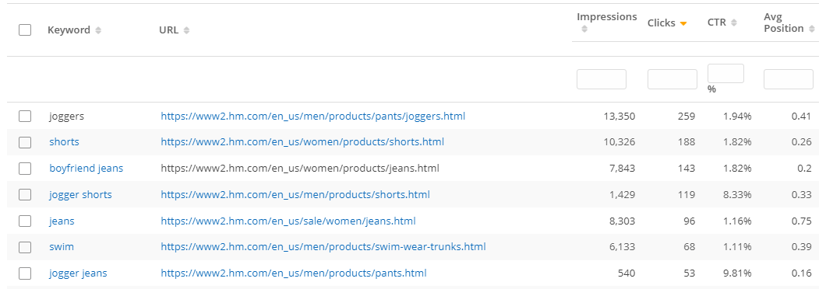
(Demo Search Analytics data in seoClarity.)
Any way you decide to map your keywords, it's important to note that you must have some idea of what keywords you wish to target before beginning the real work of aligning your key terms with your target customers.
The Relationship Between Buyers and Keywords
Every person using a search engine for products to buy or services goes through what marketers call the buying cycle – a process of discovery, evaluation, and selection. Understanding the buyer's journey is crucial in order to have a well-founded marketing strategy.
Although the number of steps in the process may vary depending on the person, the product, or the service, we generally identify five key stages of the buyer's journey:
- Need Recognition: a person at this stage realizes they have a problem or need.
- Information Search: knowing they have a problem, they search for information to understand it better and learn about possible solutions.
- Evaluation: having found alternative solutions, they evaluate them to make a final selection.
- Purchase: having made the final decision, they buy a product or service.
- Buyer’s Remorse: an optional part of the buying process, this is time when they might doubt their choice. At this stage, they might be prone to returning the item or canceling a subscription, etc.
How do keywords change as people progress through the buying cycle?
As a buyer gets closer to a purchasing decision, the keywords they use in search tend to become more specific. The queries go from general to long-tail keywords (i.e. specific keyword queries that consist of multiple words).
Where someone is in their buying journey will also affect their search intent, and search intent subsequently impacts the keywords used.
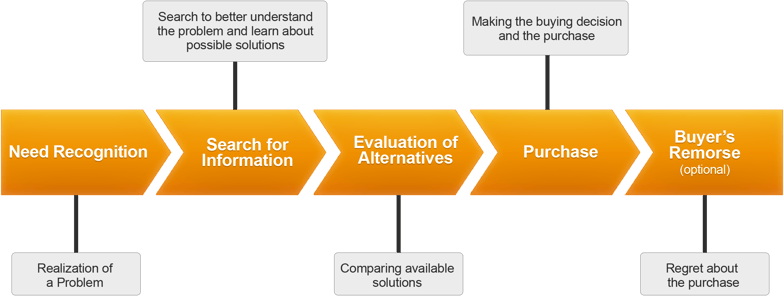
Intent to Learn
People early in the buying cycle want to be educated; their search terms imply an intent to learn. These individuals haven’t fully realized their problem, yet.
They seek information relating to the problem — they may research potential symptoms, try to discover the severity of their problem, or look for initial advice on solving it. Although they aren’t ready to evaluate or purchase any solutions, you can convert them into cold leads for further nurturing.
Intent to Compare
Satisfied with their knowledge, people begin to evaluate available options. They already understand their problem. They’ve also researched available solutions and may have already picked a couple they’re considering buying.
What they want to do now is evaluate those options to make the final selection. It is now possible to convert them into customers or hot leads.
Intent to Buy
Finally, happy with their selection, they decide to make a purchase. They know what solution they want, so they begin to search for the best place to acquire it. They scour the web looking for a particular product, evaluate offers, prices, and perhaps look for a discount.

(The buyer's stage in the sales funnel will affect their overall intent.)
Keyword Intent in the Buying Cycle
You already know the process a person goes through when buying a product. You also know how their intent for information changes as they progress through the buying cycle.
Now let’s look at the four different types of keywords customers use while progressing through the buying cycle. Remember: depending on the intent, users will use a different list of keywords for their searches.
1. Informational Keywords
These keywords help people who have the intent to learn find information and answers to their questions. You can sometimes recognize these long-tail keywords by words such as “how," “where,” or “when."
Examples:
-
- “Chicago rent prices”
- “Bed bugs symptoms”
- “How to get rid of bed bugs”
- “Hotels New York”
2. Commercial Intent Keywords
Commercial intent keywords help searchers dig deeper into the solution they’re considering, evaluate available options, and find additional information. These searches might include words like “best," “reviews,” or “compare."
Examples:
-
- “Best iPad covers”
- “Types of laptop computers”
- “Compare Asus laptops”
- “Asus Laptops reviews”
3. Transactional Keywords
Transactional keywords help users find places to buy the solution they chose. These keywords often include words like “buy," “cheap," “coupon," “discount,” or “price." They're also likely to include brand names, since the users knows what they want to purchase.
Examples:
-
- “Buy Asus Zenbook”
- “Cheap Asus Zenbook”
- “Buy Fintie iPad Cover Chicago”
4. Navigational Keywords
Finally, customers might be looking to contact a specific business they’ve selected. For this purpose, they use what’s known as navigational keywords – ones that include just a brand or a company’s name.
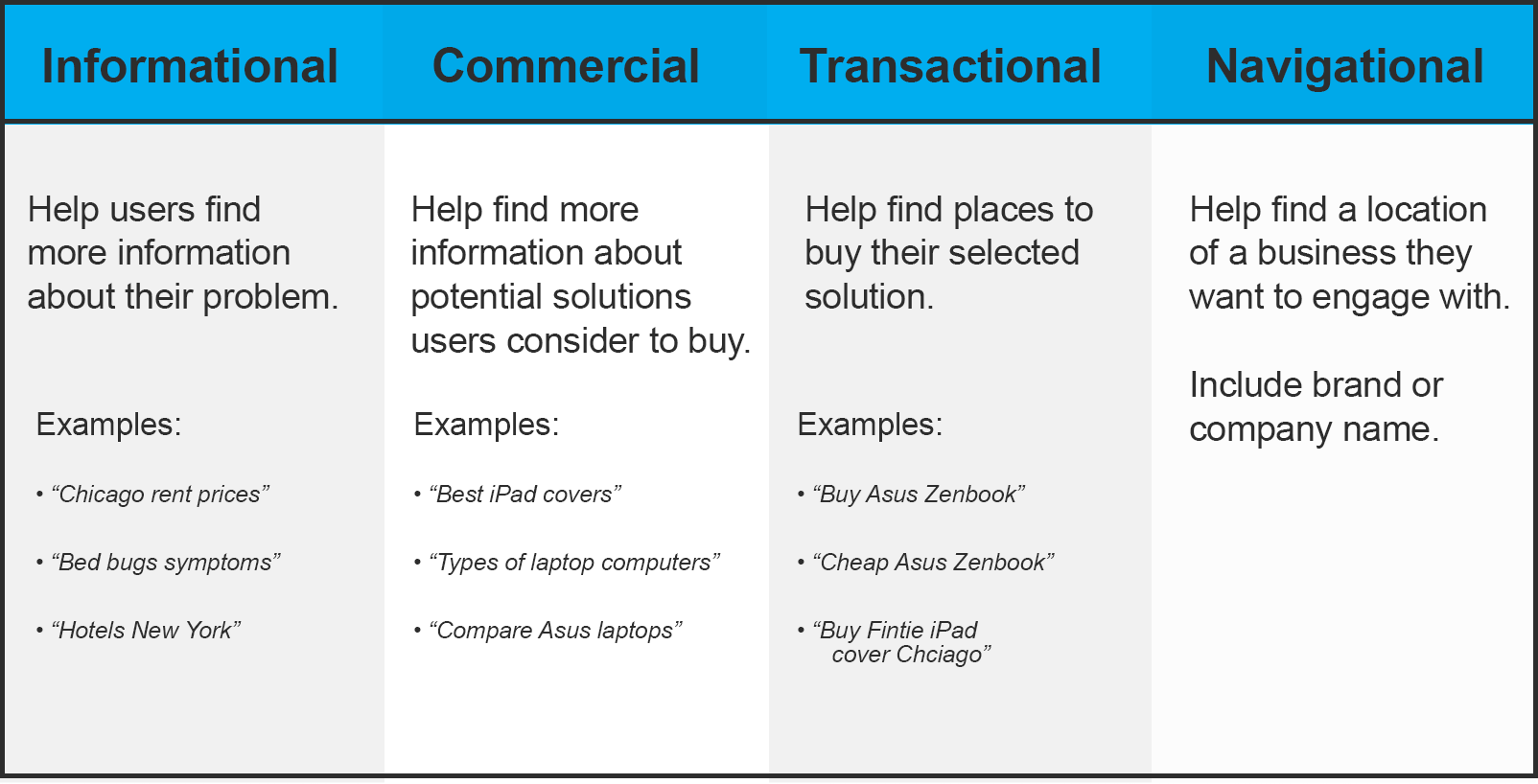 (The buyer intent will change as they progress through the buyers funnel.)
(The buyer intent will change as they progress through the buyers funnel.)
Mapping Keywords to Different Stages of the Buying Cycle
Let’s turn this information into practice and look at how a potential customer may change their query as they progress through the buying cycle.
Imagine a person who noticed something strange happening with her laptop. At first, they’ll look for information about what’s going on with their computer using queries like:
- “Computer working slow”
- “why is my laptop slow”
- “reasons for laptop working slow”
At this stage, they only intends to learn more about the cause of the problem. But as they discover more about it, the search queries will begin to change. For instance, they might have learned that her computer could be infected with viruses. New searches may include:
- “Antivirus software for PC”
- “Best antivirus software”
- “Antivirus software reviews”
There's now an intent to compare and evaluate possible solutions on the market.
Finally, they decide to purchase an antivirus software, and begin to search for a result on the SERP so they can make the purchase:
- “cheap antivirus software”
- “buy antivirus software”
Here are queries they might have used depending on the intent:
 (Keywords get more specific as a user progresses through the buying cycle.)
(Keywords get more specific as a user progresses through the buying cycle.)
Applying Keyword Mapping to Your SEO and Content Strategy
Understanding the search intent behind a keyword will help you send a user to relevant content that delivers to their specific needs. This all works to increase your conversion rate!
For example, to target users with the intent to learn, you could publish a series of blog posts on common symptoms of their problem and optimize them for the right keywords. Then, offer a cheat sheet or other lead magnet to convert those users into leads.
To attract users with the intent to compare, you could rank pages featuring your latest digital marketing pieces, such as video reviews of your product, an eBook, case studies, webinars or other content that would help a person to evaluate your solution as the best option to solve their problem.
And finally, you should optimize product pages, landing pages and sales pages for keywords that users with the intent to buy would type into the search box.
Doing so would create full alignment between a person’s intent, their search phrases, and your content — delivering information a person at a very specific stage of the buyer's journey would be seeking.
SEO TIP: Include your main keywords in the URL slug so searchers have an extra clue as to what the page will be about.
As always, be sure to have proper on- and off-page SEO optimization so the user has the best experience possible, and use appropriate internal links to strengthen the content in a relevant topic cluster.
A site audit can alert you to any potential issues with usability or on-page SEO issues that hinder the searchers' time on the site.
This changes the conversation from search engine optimization to search experience optimization.
Editor's Note: This blog was originally published in May 2016 and has been updated to reflect advancements in our industry.




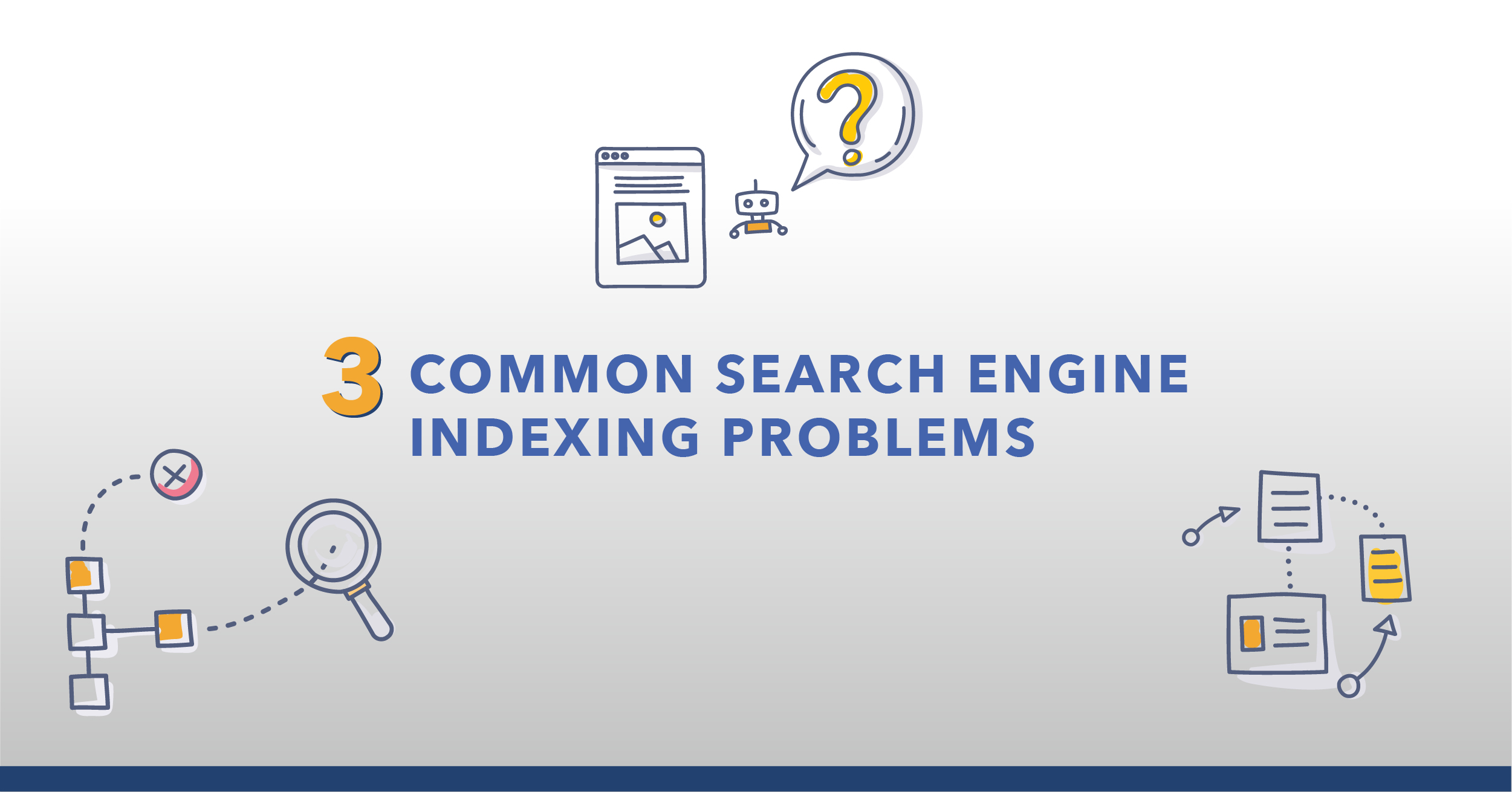
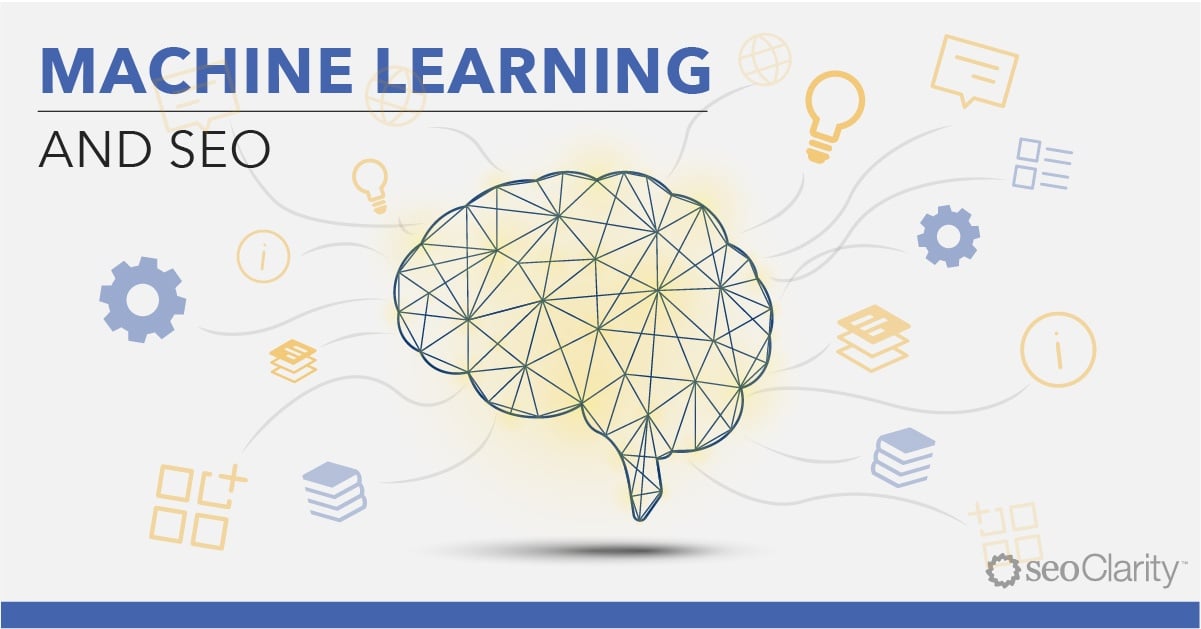
Comments
Currently, there are no comments. Be the first to post one!